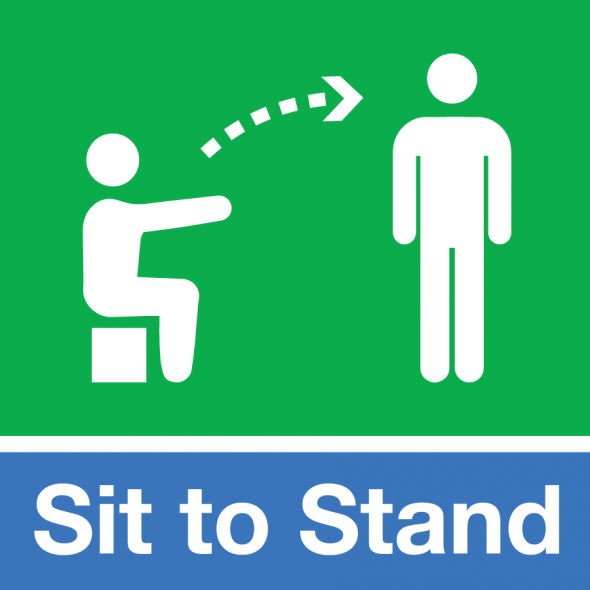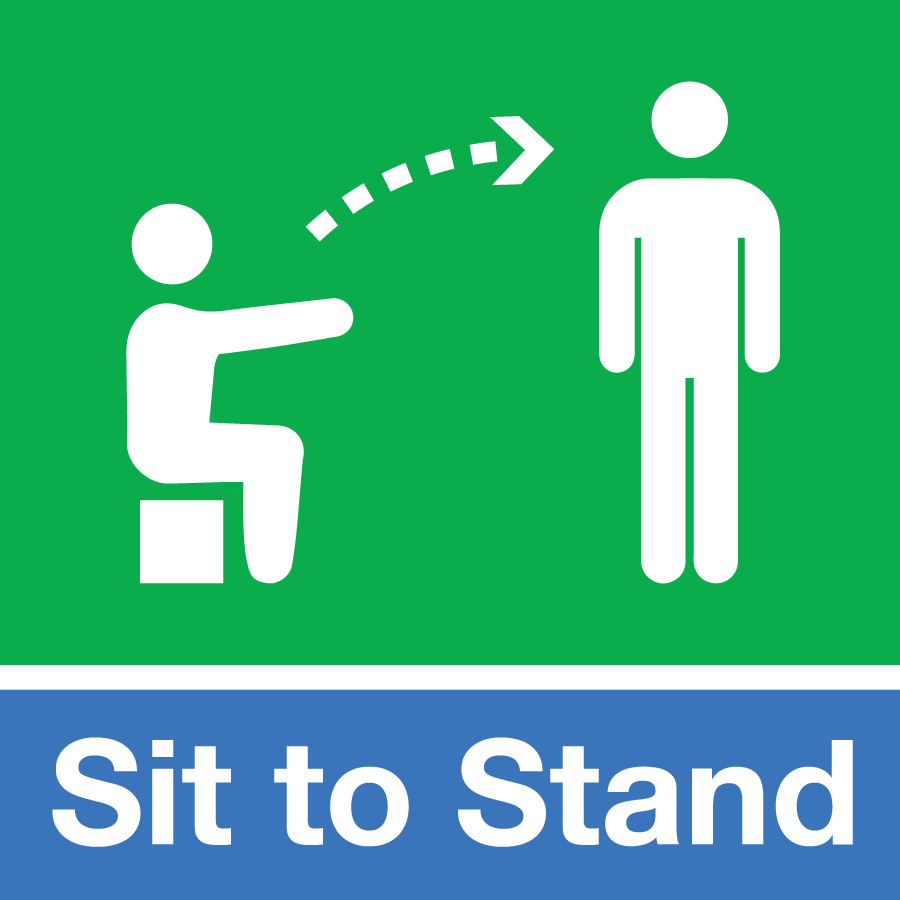
One resident who was completely independent with all ADLs, living by herself in a mobile home with five steps to enter, was admitted to a hospital with respiratory failure, a collapsed lung and CHF exacerbation. When she came to our facility, she could barely roll in the bed or move her extremely swollen legs and had poor sitting balance. This was one of our first residents to try the mobile Neurogym Sit to Stand Trainer, as the resident had a myriad of complications including C-diff that prevented her from coming out of the gym.
Our rehab team wheeled the Neurogym Sit to Stand Trainer to the resident’s room and sat her up on the edge of the bed Max/total A x 2. The therapist set the Neurogym counterweight to 50 pounds to help offset her weight secondary to her morbid obesity, extreme weakness and O2 dependency from being just weaned off a three-week ventilator stint.
I remember telling the resident on the evaluation, “You need to remember how hard this feels and how taxing just sitting on the edge of the bed is to your body, because in a month you are going to walk out of this building.”
She looked at me in extreme disbelief as the sweat was dripping down the front of her face just sitting on the edge of the bed and said, “I hope you are right.”
The first week, we focused on increasing her standing balance time and decreasing the counterweight from the Neurogym. After eight days, she was able to pull herself up to stand in the Neurogym without any counterweight assistance. At day 12, she was able to take 10 steps harnessed in the Neurogym. At day 17, she was able to pull herself to stand with a FWW and walk 15 feet on 3L O2 nasal cannula.
A little over three weeks from the day of evaluation, the resident was able to get herself dressed UB/LB at a SBA and walked with a FWW 175 feet with good reciprocal gait pattern on 3L O2 in a timely manner (appropriate for someone who was just decannulated from three weeks in the ICU doing PROM exercises). At around one month, the resident was discharged out of the facility to an ILF using her FWW.
This one example is a true testament to the desire for the patient to improve; the tenacity and encouragement by the rehab therapists to improve the resident’s overall functional level to leave the facility; and finally the MD, nursing and other ancillary staff members to administer medication and breathing treatments in a timely manner for optimal success.
By Jeremy Nelson, PT, DPT, Director of Rehab, Carmel Mountain Healthcare & Rehabilitation

